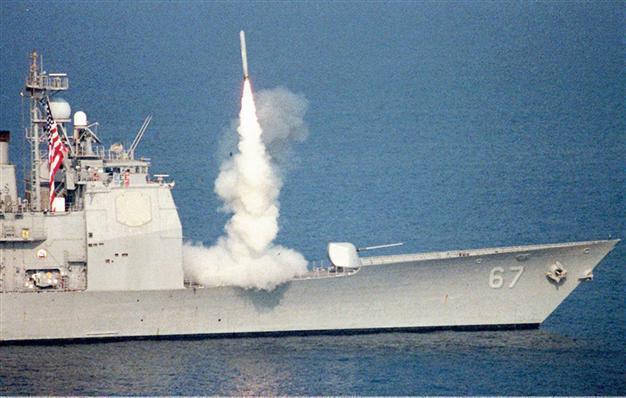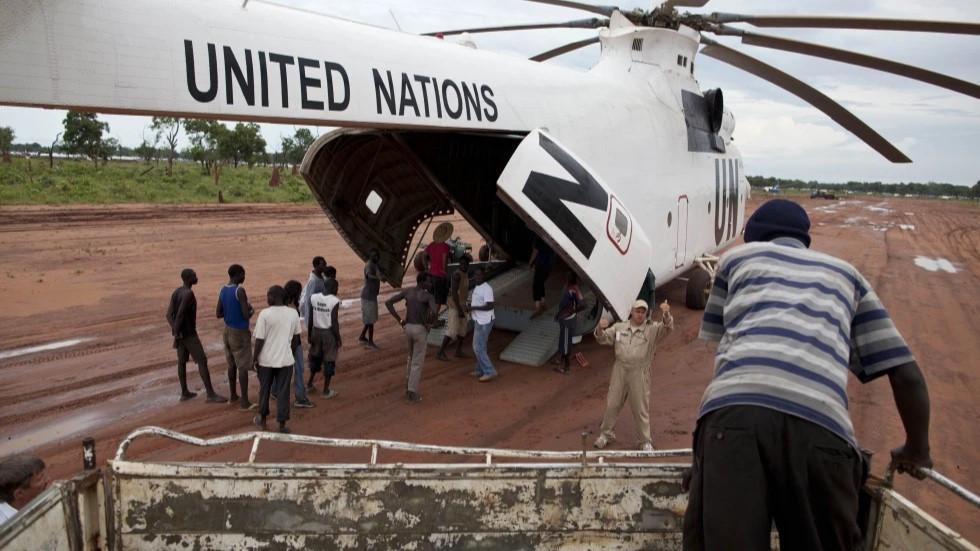Asia top weapon importer, says report
STOCKHOLM

The five biggest arms suppliers in 2007–11 were the US, Russia, Germany, France and the United Kingdom, the report says. India is the world’s largest recipient of arms, accounting for 10 percent of global arms imports.
The five largest arms importers between 2007 and 2011 were all Asian states, according to a study released yesterday by the Stockholm International Peace Research Institute (SIPRI).Over the past five years, Asia and Oceania accounted for 44 percent of global arms imports, followed by Europe (19 percent), the Middle East (17 percent), North and South America (11 percent) and Africa (9 percent). All told, the volume of worldwide arms transfers between 2007 and 2011 was 24 percent higher than in the period between 2002 and 2006. India was the world’s largest recipient of arms, accounting for 10 percent of global arms imports.
The four next largest recipients of arms in the 2007-2011 period were South Korea (6 percent), Pakistan (5 percent), China (5 percent) and Singapore (4 percent), according to the independent institute which specializes in arms control and disarmament matters. “India’s imports of major weapons increased by 38 percent between 2002-2006 and 2007-2011,” SIPRI said. Turkish officials said that the defense expenses in the past four years have been around $4 billion a year. They say the expenses are expected to be slightly up in the upcoming years. The U.S. remains to be Turkey’s largest arms supplier.
Flow continues to Arab Spring countries
“Notable deliveries of combat aircraft during 2007-11 included 120 Su-30MKs and 16 MiG-29Ks from Russia and 20 Jaguar Ss from the United Kingdom,” it said. While India was the world’s largest importer, its neighbor and sometime foe Pakistan was the third largest. Pakistan took delivery of “a significant quantity of combat aircraft during this period: 50 JF-17s from China and 30 F-16s,” the report added. Both countries “have taken and will continue to take delivery of large quantities of tanks,” it also noted.
“Major Asian importing states are seeking to develop their own arms industries and decrease their reliance on external sources of supply,” said Pieter Wezeman, senior researcher with the SIPRI Arms Transfers Program. China, which in 2006 and 2007 was the world’s top arms importer, has now dropped to fourth place. “The decline in the volume of Chinese imports coincides with the improvements in China’s arms industry and rising arms exports,” the report said. But “while the volume of China’s arms exports is increasing, this is largely a result of Pakistan importing more arms from China,” it added. “China has not yet achieved a major breakthrough in any other significant market,” it said.
China is, however, the sixth largest world exporter of weapons behind the United States, Russia, Germany, France and Britain. In Europe, Greece was the largest importer between 2007 and 2011, the institute said. Major suppliers continued to deliver weapons to countries affected by the events of the Arab Spring. Despite a review in 2011 of its arms transfer policies toward the region, the U.S. remains a major supplier to both Tunisia and Egypt. In 2011, the U.S. delivered 45 M-1A1 tanks to Egypt and agreed to deliver 125 more. “The transfer of arms to states affected by the Arab Spring has provoked public and parliamentary debate in a number of supplier states. However, the impact of these debates on states’ arms export policies has, up to now, been limited,” said Mark Bromley, another senior researcher with the SIPRI Arms Transfers Program.
The volume of deliveries of “major conventional weapons” to African nations increased by a massive 110 percent in 2007-2011 over the previous five-year period, with deliveries to North Africa up by 273 percent.
RUSSIA FUELLING SYRIA’S IMPORT
STOCKHOLM - The Associated Press
Syria imported nearly six times more weapons in 2007-2011 than in the previous five-year period, with Russia accounting for 72 percent of the arms supplies to President Bashar al-Assad’s regime, according to the report. It did not specify the volume of weapons exports after the start of the uprising in 2011. Major Russian arms deliveries to Syria in 2007-2011 included air defense systems and anti-ship missiles, which have no direct use in the current unrest in the Arab state. But they have upgraded the regime’s capability to defend against outside intervention, SIPRI researcher Pieter Wezeman said. Syria’s weapons imports rose 580 percent from the 2002-2006 period, lifting the country from No. 68 to 33 in the rankings of the world’s arms importers, SIPRI said. Nineteen percent of Syria’s arms imports came from Belarus and 9 percent from Iran.
















